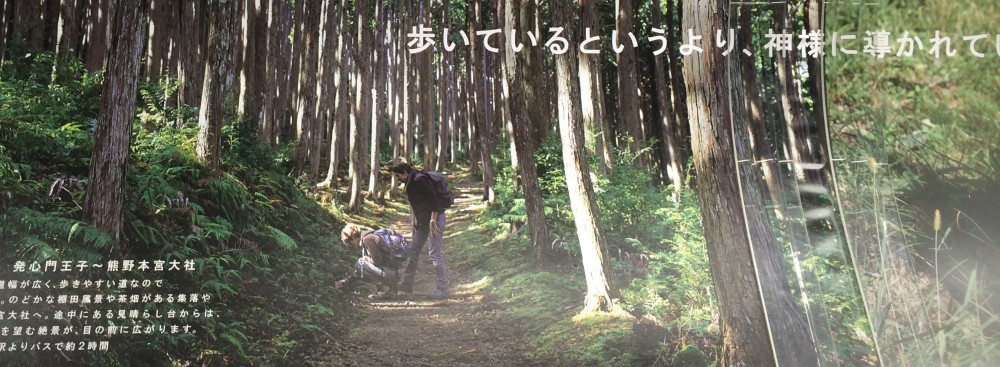“Personal branding, by definition, is the process by which we market ourselves to others.” This is the essence of an article by Dan Schawbel called, “Personal Branding 101; How to Discover and Create Your Brand.” What is my brand and what do I stand for? My current job is librarian, but my brand may have more to do with writing for children.  Do I even need a brand? While one may question the need for self-marketing, if one tumbles into the adventure of looking for a new job, the value of having a personal brand may suddenly become apparent. An individual may already have a personal brand of sorts, in fact, and not even know it.
Do I even need a brand? While one may question the need for self-marketing, if one tumbles into the adventure of looking for a new job, the value of having a personal brand may suddenly become apparent. An individual may already have a personal brand of sorts, in fact, and not even know it.
This topic interests me, not because I am currently searching for a new job, but because I am launching into the world of digital publishing and realize that, as an author, I am responsible for the promotion and branding of my books. If I want to sell books and reach an expanding readership, I have to build my brand. So far, my children’s sermon website, Kidsermons.com, does have links to purchase my books, but it exists mostly to give pastors a free resource for their time with the children on Sunday morning. The digital book I am currently working on, however, has no connection to the children’s sermon site and I realize that I will have to create another online presence that can highlight a new category of illustrated children’s books. I have a lot of work to do.
One shouldn’t wait to start building a personal brand until there is a desperate need, of course; it should be a process that sculpts itself over time. As soon as a person begins posting content online, in fact, a personal brand is already being developed. In talking with others about our digital footprints, I have often said that the internet makes it hard for someone to lead an anything-but-transparent life. Even previously posted blogs, websites and photos that have been purposefully removed can be looked up again through sites like the Internet Archive. Your digital footprint is pretty much permanent. As Dan says in his article, “transparency and authenticity are the only means to survive and thrive in this new digital kingdom,” so be careful where you step.
Even if you are building on an old “brand you,” there are many things you can do to help your image, as long as everything that you post is true and truly you. If your Facebook page has good, positive content, then that is a good start to “Brand You.” (Students should be reminded of the visibility and permanence of Facebook material before they enter high school as colleges can search these sites as part of their acceptance decisions.) But beyond Facebook, it is even more important to have a personal webpage or blog. While I have and maintain both, I realize that they do need a lot more work.
When I do a search of my name, Ruth Ingulsrud, on the web, I find 86,700 results. The first result to pop up references my wonderful sister-in-law, whose maiden name was Ruth Ingulsrud, and who is now the Chancellor of Kwansei Gakuin and goes by the name of Ruth Grubel. Most of the other references were mine, but I saw one important reference that was sorely out-of-date. I realized that I need to update my online resumé. To help with this process, I can use the helpful information found on another of Dan Schawbel’s pages on building the “Ultimate Social Media Resumé.” I don’t know if I will end up with the “ultimate” but I hope it will be better than what I currently have. I can do so much more now with the ability to embed video and photos and to include links to social networks and forums, blogs and wikis. I’m realizing that a personal brand does not create a brand-new you, but it can show your strengths and gifts in a brand-new way.






